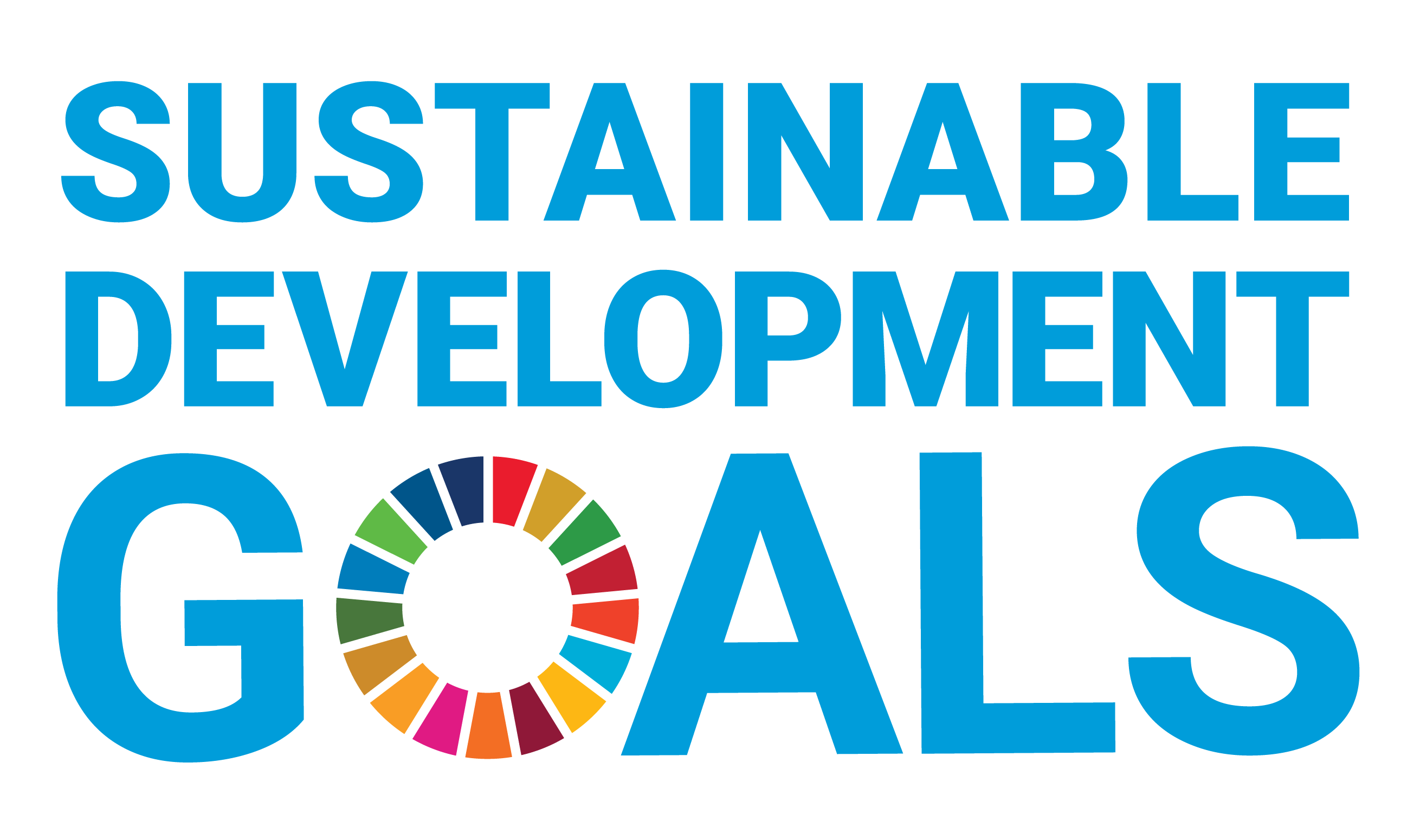Document Type
Article
Publication Date
2022
Abstract
Wet scavenging is the most important sink for particulate matter (PM) and is expected to decrease PM concentrations in the wet season. However, Metro Manila, Philippines has highly similar PM mass across seasons despite large differences in seasonal rainfall. It is important to identify factors contributing to seasonally consistent PM mass as these may be present in similar developing megacities besides Metro Manila, leading to PM accumulation and posing significant health risks. We use size-resolved aerosol composition, aerosol optical depth, and meteorological data to reveal that the seasonally consistent PM mass in Metro Manila is due to (1) opposing seasonal cycles of black carbon and water-soluble PM, (2) inefficient scavenging by short rain events (<1 >h), and (3) the high frequency (50%) of these short rain events. Water-soluble PM was most sensitive to scavenging within the 0.18–1.0 μm and 1.8–5.6 μm size ranges but more clearly for rain events lasting over an hour, pointing to the importance of rain duration for efficient scavenging. We demonstrate that the presence of rain does not imply wet scavenging is taking place efficiently and rain characteristics are critical to properly estimating wet scavenging. In a changing climate, our understanding of factors such as rain duration and aerosol accumulation will become more important for guiding air quality-related policymaking and ensuring sustainable growth in developing megacities.
Recommended Citation
Hilario, M.R.A., Bañaga, P.A., Betito, G., Braun, R.A., Cambaliza, M.O., Cruz, M.T., Lorenzo, G.R., MacDonald, A.B., Pabroa, P.C., Simpas, J.B., Stahl, C., Yee, J.R., & Sorooshian, A. (2022). Stubborn aerosol: why particulate mass concentrations do not drop during the wet season in Metro Manila, Philippines. Environmental Science: Atmospheres, 6, 1428-1437. https://doi.org/10.1039/d2ea00073c



